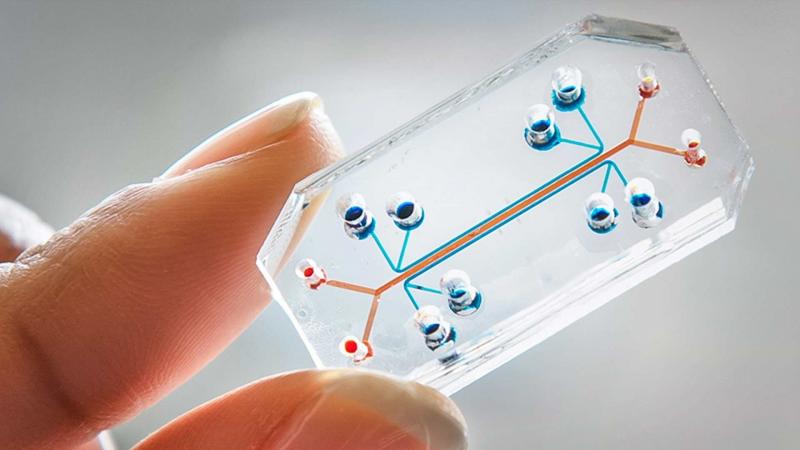Introduction:
In recent years, there has been a paradigm shift in biomedical research with the emergence of a groundbreaking technology known as organ-on-a-chip. As traditional methods face limitations in mimicking the complexities of human organs and tissues, organ-on-a-chip technology offers a revolutionary approach that aims to replicate the structure and function of organs in a laboratory setting. This cutting-edge innovation has the potential to transform drug development, personalized medicine, and our understanding of human physiology. In this blog post, we will explore the concept of organ-on-a-chip, its advantages, and its potential impact on various fields of healthcare and research.
Understanding Organ-on-a-Chip:
Organ-on-a-chip refers to microfluidic cell culture devices that recreate the physiological environment of specific organs. These small, transparent chips are typically made of flexible materials and contain tiny channels lined with living cells. By mimicking the intricate architecture and functions of organs, these chips provide researchers with a unique platform to study diseases, test drug candidates, and gain insights into human biology with higher accuracy and relevance.
Advantages of Organ-on-a-Chip:
Realistic Tissue Microenvironment: Organ-on-a-chip devices provide a more physiologically relevant microenvironment compared to traditional cell cultures. By incorporating multiple cell types, 3D structures, and fluid flow, these chips recreate the dynamic interplay between cells, tissues, and organs, enabling researchers to study complex biological processes more accurately.
Enhanced Predictability: Organ-on-a-chip models offer a higher level of predictability for drug testing and toxicity assessments. Researchers can simulate the response of human organs to drugs or environmental stimuli, providing valuable insights into efficacy, safety, and potential adverse effects, while minimizing the use of animal models and reducing costs.
Personalized Medicine Potential: With organ-on-a-chip technology, it becomes feasible to create personalized disease models using a patient's own cells. This allows researchers and clinicians to develop tailored treatment strategies and study the efficacy of specific therapies on patient-specific organs, paving the way for precision medicine approaches.
High Throughput Screening: Organ-on-a-chip platforms enable high throughput screening of drug candidates. By integrating multiple chips or organ models on a single platform, researchers can simultaneously test the effectiveness of various drugs, accelerating the drug discovery process and reducing the time and resources required.
Potential Impact:
Drug Development: Organ-on-a-chip technology has the potential to revolutionize the drug development pipeline. By accurately replicating human organs, researchers can assess drug efficacy, toxicity, and metabolism in a more reliable and efficient manner. This can help identify promising drug candidates early on, reduce the number of failed clinical trials, and bring safer and more effective drugs to the market faster.
Disease Modeling: Organ-on-a-chip platforms can recreate disease-specific conditions, allowing researchers to gain insights into disease mechanisms and develop targeted therapies. By studying the progression of diseases in a controlled environment, researchers can better understand disease mechanisms, identify biomarkers, and test potential treatments with higher precision.
Personalized Therapies: Organ-on-a-chip technology opens up new avenues for personalized medicine. By using a patient's own cells to create organ models, researchers can develop personalized treatment strategies, predict individual responses to therapies, and optimize treatment outcomes.
Reduced Reliance on Animal Models: The development of organ-on-a-chip models reduces the reliance on animal models in biomedical research. This not only reduces ethical concerns but also provides more accurate and reliable data, as human organs can be studied directly.
Organ-on-a-chip technology represents a groundbreaking advancement in biomedical research and holds immense promise for the future of healthcare. By offering realistic models of human organs, this
